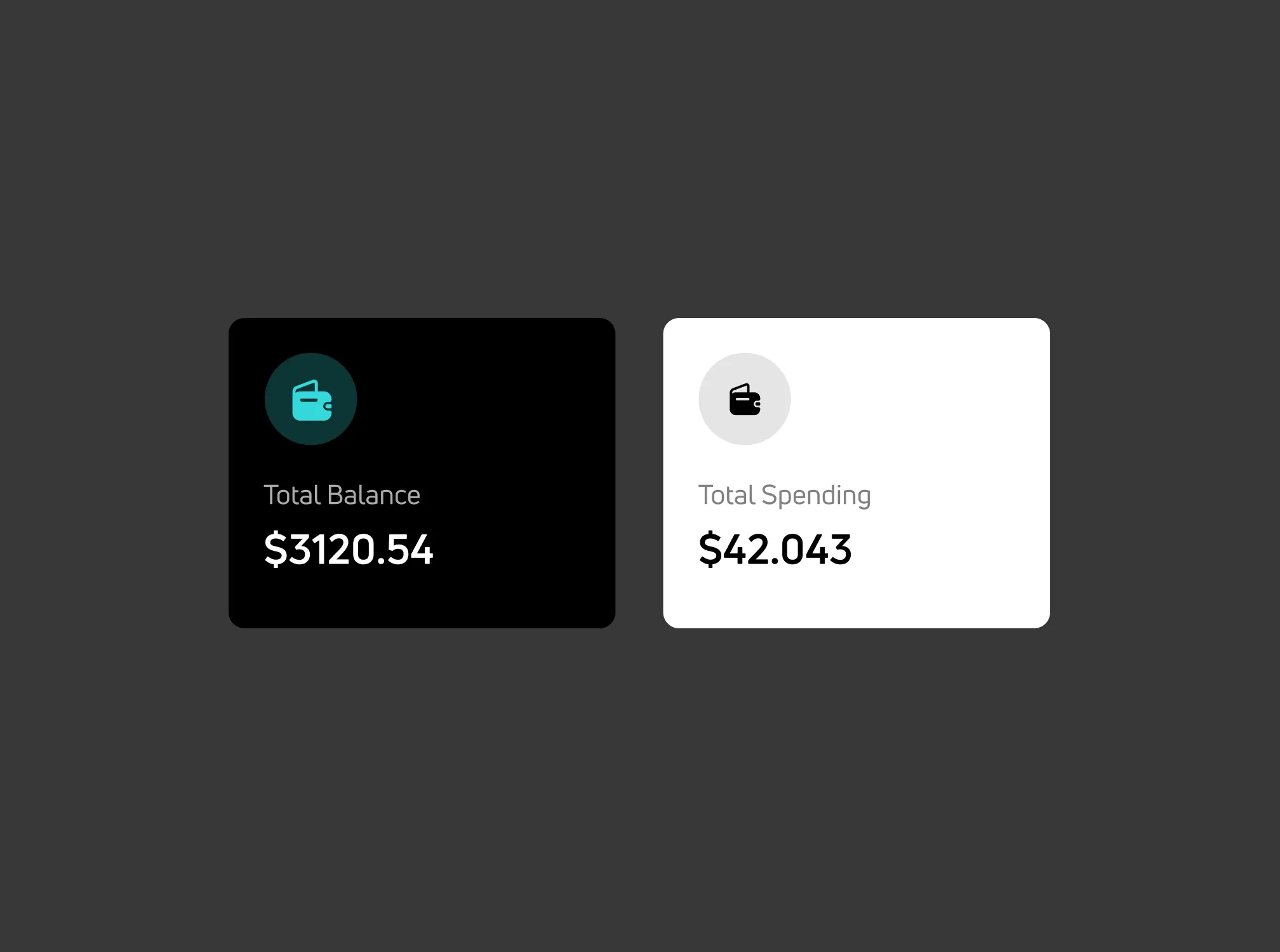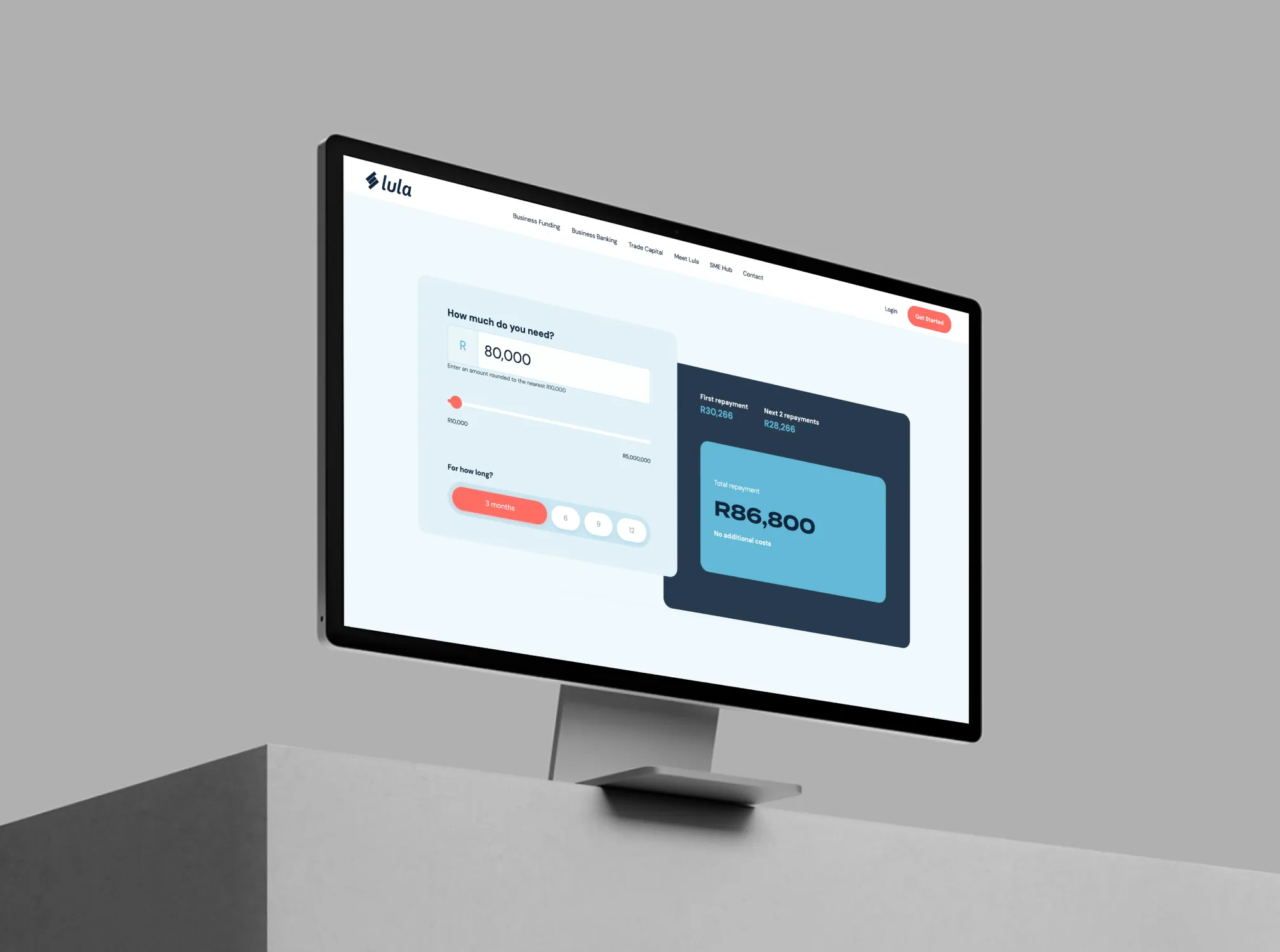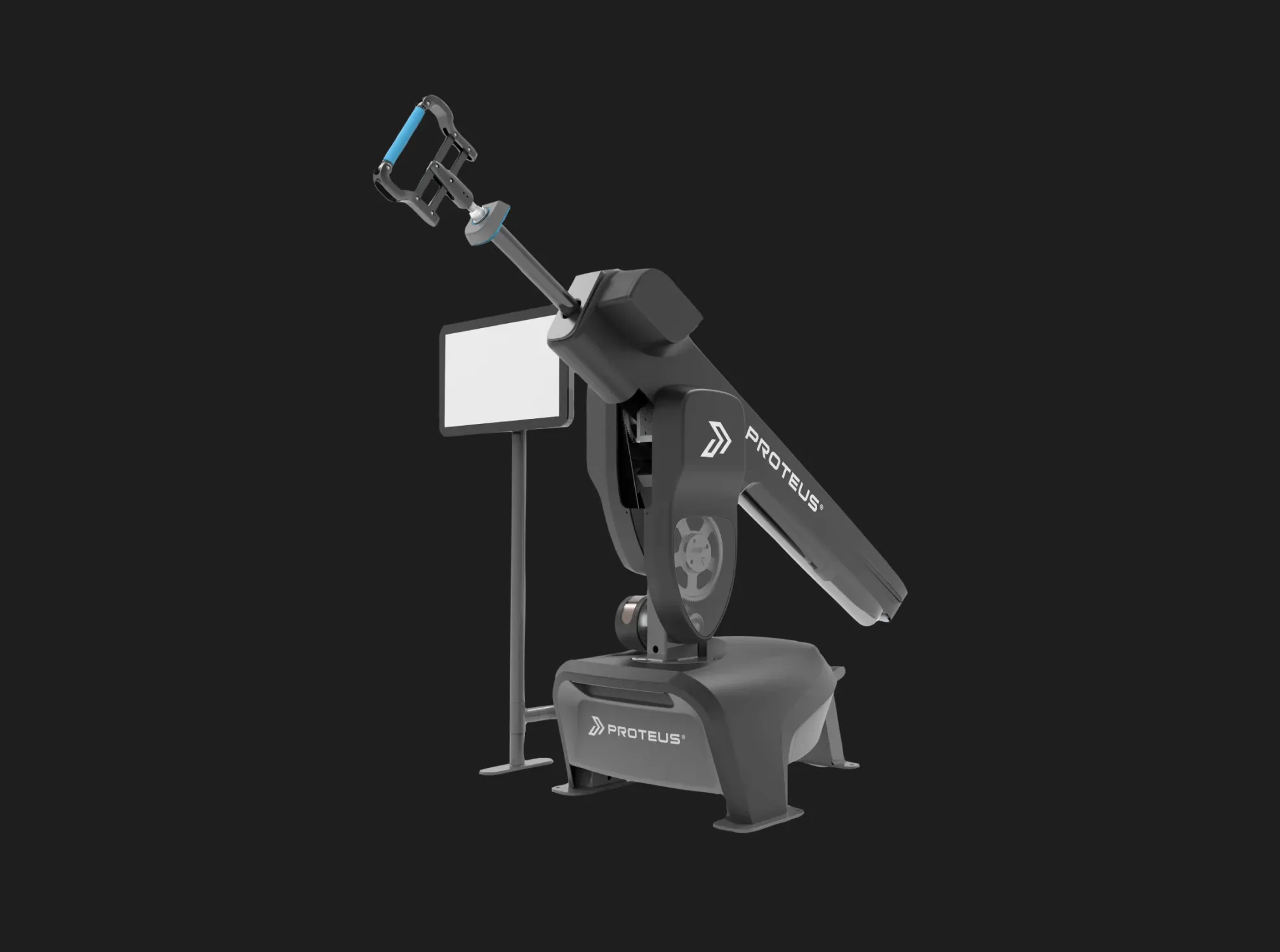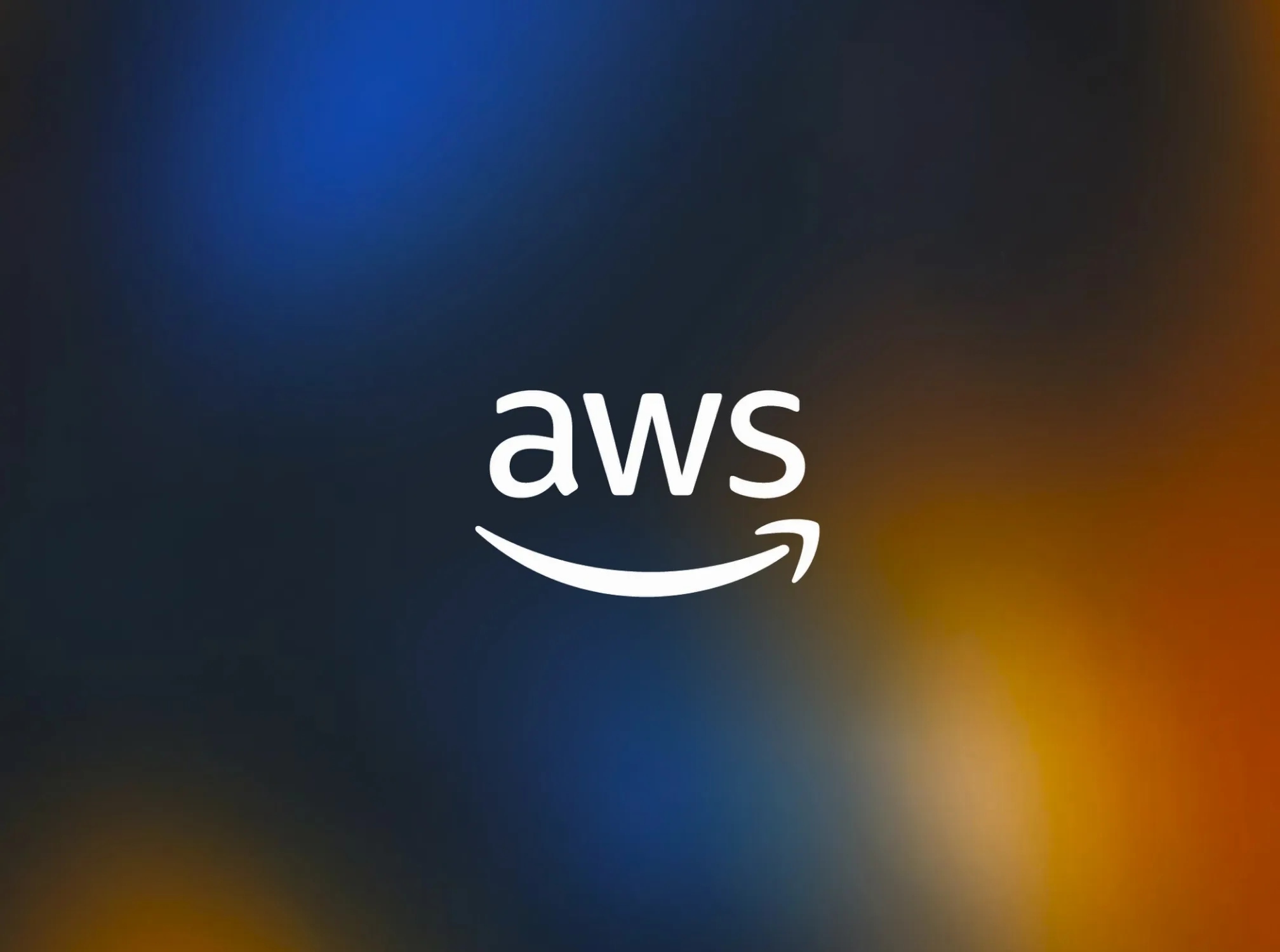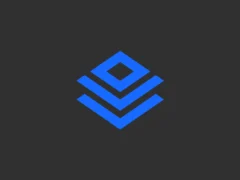
Multi-layered system development from scratch in six months

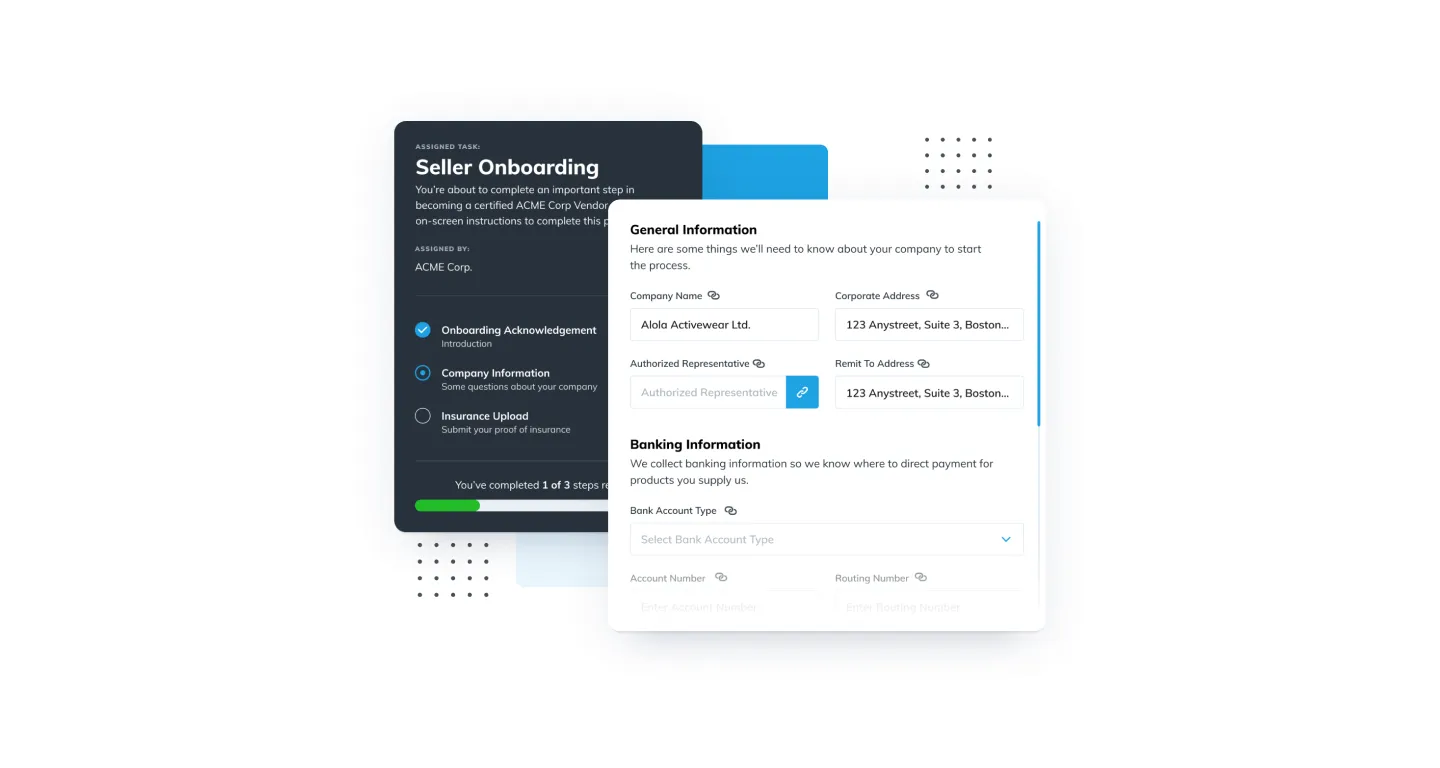
Ledgerset
Ledgerset is introducing a novel solution to the business world that would improve business relationships and reduce losses. The company is deploying a blockchain-based system for automating buyer-seller operational connections. The goal is for large markets and small merchants to work collaboratively. If a buyer intends to appoint a company as a supplier, they may send tasks through the Ledgerset platform to assess the company’s efficiency.
Companies can also put up details about their offerings on their profile; this information will be used to generate answers to retailers’ questions and queries.

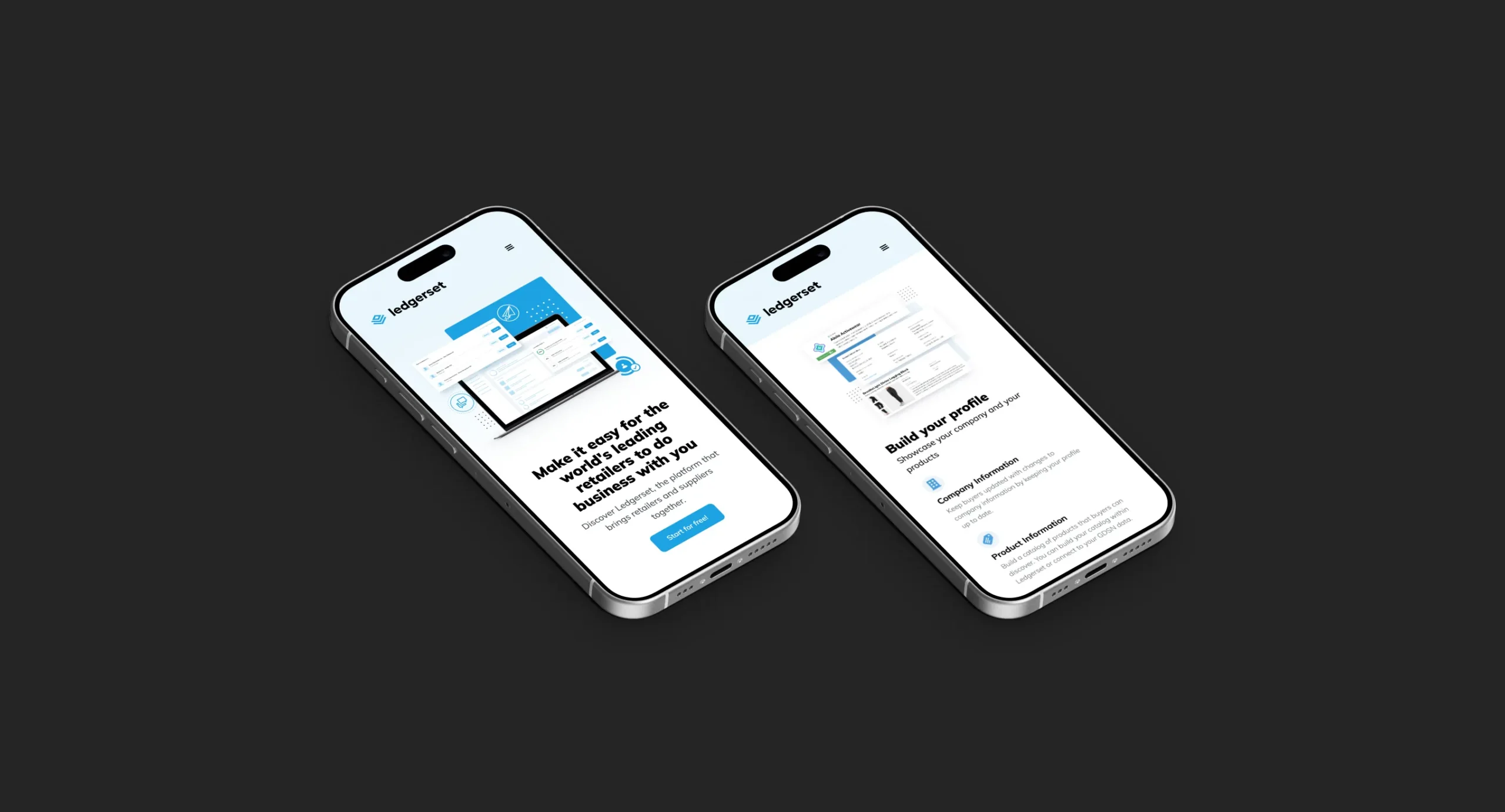
Backstory
In recent times, relationships between supply chain partners and the retail companies they sell to are becoming more complicated and stressful due to a myriad of reasons:
- the increasing volume of transactions;
- increasing competition among sellers;
- displacements of orders;
- lack of effective communication between buyers and sellers and among retailers and wholesalers.
Ledgerset sought to dampen this growing inefficiency in the business world by deploying customized blockchain technology to enhance the relationship between buyers and sellers and improve the interoperability between suppliers and retailers.

Challenge
Ledgerset was creating a novel solution, so we needed to deliver an efficient system that would reflect the client’s idea. The goal was to create a sophisticated, multi-layered system in six months.
Solution
Where to start when you are not just providing tech people but building a solution from scratch. Beyond providing professional developers to work on this project, we also came up with a design that perfectly fits the idea.
We started by interpreting the client’s idea and answering all the necessary questions raised at the ideation stage.
Some of the important features we implemented included:

The major thing we wanted to achieve was to enable effective communication and transparent business dealings between users and businesses, wholesalers, and retailers. After you classified all the characteristics, it’s time to settle the tech decisions. As we worked on a discovery phase with the product owner and business analyst first, at this stage, we needed to involve the solution architect in a process. Here we determined resources we need to buy, build or rent, whether we’ll use pre-made open-source solutions or will create it internally, etc. We also decided on a tech stack and got a list of high-level solution components.
Project tech stack
For the basic architecture, we implemented a user authenticator ability to ensure data security for individual users. A multi-user management approach was adopted; the user-level management and owner (client)-management.
The user-side management allows users to have some administrative control from the client-side interface; users can manage their accounts and decide the information displayed on their profile.
Other User-level administration features include; configuration and settings pages, profile pages, and other management pages.
- For the language program, we utilized .NET Core, C# ASP.NET/MVC 5, and Angular.
- We used the OpenAPI Specification OAS for API implementation. The OpenAPI Specification (formerly known as the Swagger Specification) is a standard for machine-readable protocol file for identifying, generating, consuming, and visualizing RESTful web services.
- MS Azure was our preferred framework for infrastructure development.
- The MSTest was applied with an 80% Unit Test coverage goal and 100% Passing tests for all PRs.
- We used Cloudaware for Azure and AWS.
- Because email management and marketing are essential parts of the solution, we deployed Sendgrid to handle email campaign management.
- While the MVP and early versions of the program were available in only one language – English. We, however, ensured that the program is optimized for additional languages when the need arises.
- The Continuous Integration and Continuous Deployment approach using the Azure DevOps methodology was adopted.
- We implement Raygun for bug tracking and network monitoring.
- We chose the AWS Quantum Ledger Database because of its efficiency. The Amazon Quantum Ledger Database (QLDB) is a fully managed ledger database that provides a transparent, immutable, and cryptographically verifiable transaction log.
- AWS QLDB is currently in private beta – received an invitation
- Auth0 was used for user authentication and an aspect of the security nomenclature.
- Elastic Search. ES is used to provide a full-text search of the entity and document data.
- Filepond backed by Azure Block Blob Storage (LRS Redundancy)
- Split is used for flagging.
- Pendo is used for analytics.
What we’ve accomplished thus far
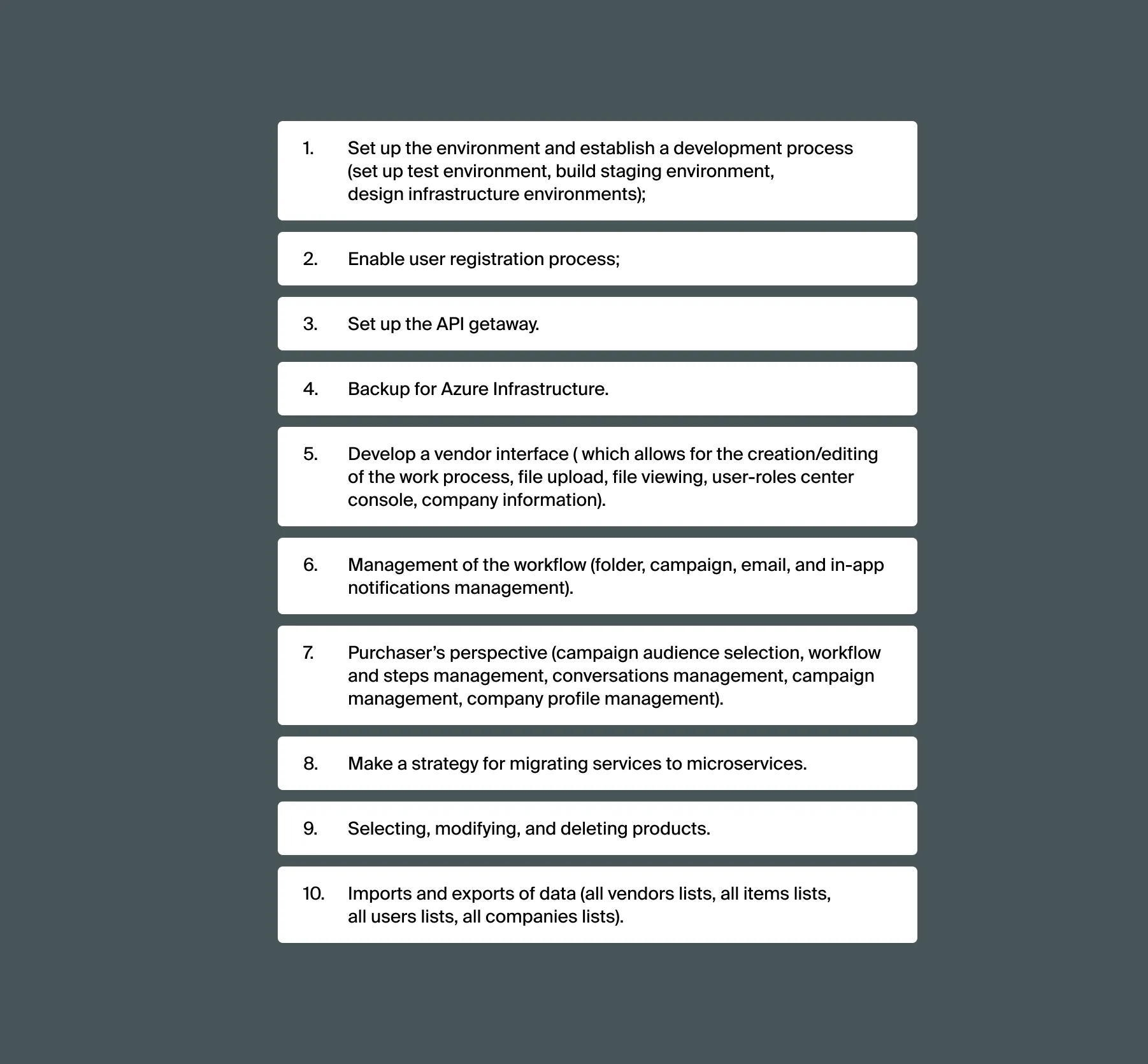
Outcomes
We designed and created an innovative product from scratch in just seven months. With the Ledgerset solution, we have transformed our everyday transactions into better relationships while scaling our regular interactions into meaningful business relationships. Thousands of sellers and buyers worldwide may now use Ledgerset to manage trading relationships, connect with one another, automate business procedures, request information, scale conversations, and transact safely and securely.
“We were more than happy with the speed KITRUM worked on the project and with their ability to improve existing solutions.”


